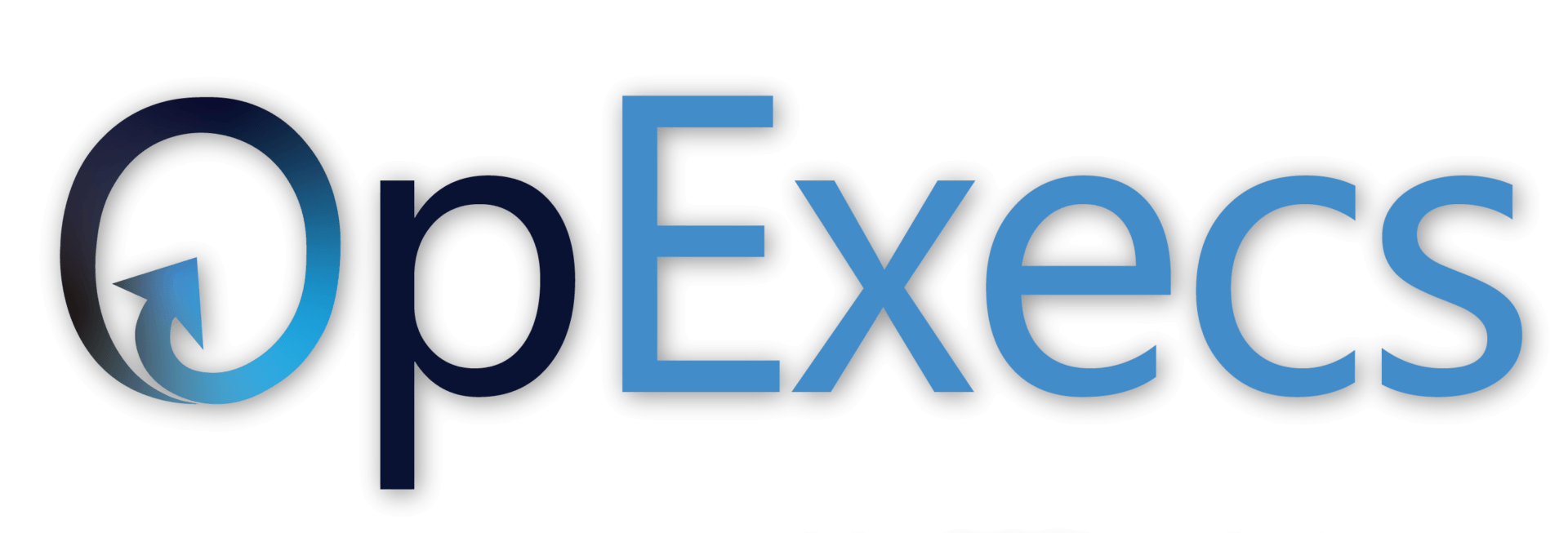Why should your team critically observe product profitability and where do you start? How can the value stream approach accelerate progress?
In good times, organizations often find themselves providing a wide array of products and services to ensure their entire customer base is served to meet each specific requirement. Unfortunately, this can lead to product and service proliferation and resource misallocation to serve unprofitable market segments. Now is the right time to assess customer and product profitability.
One of the most telling quotes from a Fortune 100 client is this: “Customers love us because we do what no one else can do, they just aren’t willing to pay for it!” What does that tell you? Why hasn’t this organization asked for the price to serve this customer profitably? If no one else can do it – this is a perfect situation for you!
To start, determine your product families and customer segments. If you have a good number of both, it’s wise to consider them as a category or group. If you have a smaller number of each, you can take each product and customer individually. Next, use your organization’s accounting metrics to determine the profitability of these customer and product segments. It is important to consider all aspects of cost including initial cost to serve (material, labor, overhead: Fixed and Variable) as well as subsequent aftermarket cost to serve (returns, refunds, rework, price discounts and concessions).

The Value Stream Map is a useful tool to lay out this cost scenario. The map will identify resources required, defect rates, time involved, and materials dedicated … all leading to a total system cost. With this data, your organization can make better decisions about which markets/customers to serve. You may consider telling customers you are happy to continue service with an adjusted price.
Another outcome could be moving customers from one low volume product to another high volume one. Your customers may be making the same adjustments as you and with the proper incentive might be motivated to change. Once your customer understands the consequence of ordering ‘specials’, they may find it is costly for them as well. In this way you can partner to optimize both organizations’ costs. Now is the time to create the evaluation structure that will allow this to be repeated continuously to drive value.
